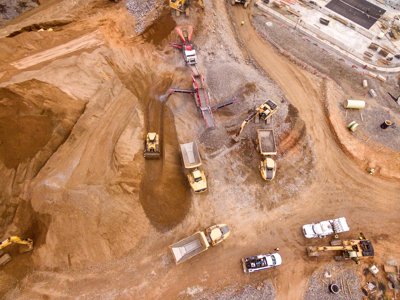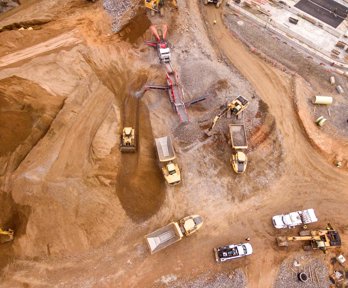This KS3 unit provides a series of lessons, complete with activities and associated materials focusing on natural resources, in order to provide teachers with support for the 2014 geography curriculum. The aim of this module is to introduce students to the global distribution of natural resources, and the international relationships these resources generate and some of the key issues related to the use of natural resources. It also provides a framework for understanding the relative importance of different types of natural resources for human activity. Students will develop their knowledge of distribution of resources, issues related to the abundance or shortage of resources, and how natural resources influence international relationships, as well as how events can affect the value of resources. Ultimately students will gain an appreciation for the variegated nature of natural resource distribution but also an awareness of the interrelated nature of human activity and the physical environment.
The unit begins with an introduction to natural resources, exploring the different types and their distribution. The module then moves on to explore different types of resources in more detail exploring issues of exploration, trade, networks and recycling. This unit is designed to introduce students to the different types of natural resources across the planet but also the different issues that are related to their extraction, use, re-use and trade.
Natural Wonders of the World – How are key natural resources globally distributed?
This lesson introduces the key natural resources found on the planet and their distribution. Examples of resources include: cotton, copper, iron ore, gold, diamonds, coffee, wheat, oil, uranium and natural gas. This lesson includes a mapping exercise to explore the distribution of resources which can be completed with or without the use of GIS depending on your school resources.
Unearthing black gold - How is oil used in our daily lives? How has oil created a global network?
This lesson focuses on oil, and in particular highlights how important oil is in our daily lives. Oil is a vital component of so many aspects of human life – the plastic we touch, the way we move, the food we eat – therefore this lesson explores not only where oil comes from, and how we use it, but how the international oil trade links nearly all the countries on earth.
The first half of the lesson involves a task to explore the global changes in oil production and consumption. The second half of the lesson will focus on how the distribution has led to a web of international relationships through the global trade in oil as well as issues around the limited supply of oil.
Minerals on the Market – What factors can affect the trade of minerals?
This lesson explores issues related to commodity markets introducing the idea that natural resources are extremely valuable and that there are a complex series of international interrelationships based on these resources. The main activity for the lesson will include a role play exercise around commodity markets, where students examine the impact of different events on the value of natural resources. The exercise leads into another activity which requires students to imagine they are reporters for the Financial Times and need to write articles to provide investors with advice about the risks associated with natural resources.
Dragons in Africa - Why does China need Africa’s natural resources?
This lesson explores the increasing presence of China in Africa, focusing on the growth patterns of mining activities of Chinese companies in Africa and the impact this has had on local communities in Africa. The lesson includes an investigation of the increasing presence of Chinese companies in the natural resource sector in Africa followed by an investigation of activities in Angola, South Africa, Democratic Republic of the Congo and Zambia. This then leads into an activity which examines the impact of Chinese investment in African countries on local communities.
A World of Rubbish - How is the world connected through recycled materials?
The main activity for this lesson focuses on the movement of scrap metal between locations as part of a global system of trade in recyclable materials. Students will listen to a podcast about the scrap trade and about some of the key countries involved and reasons why recycling natural resources is important. Students will examine other articles about recycling of Christmas tree lights in China to explore a particular element of the global recycling trade. The lesson then continues with students creating a storyboard to show the life of Christmas tree lights and their travels across the globe. This is designed to show not only the various geographical routes that recyclable natural resources are involved in, but also highlight various recycling processes that can take place and how this can create further value from resources.
Digging up the earth – Why are diamonds and rare earths important?
This lesson explores issues related to diamonds and rare earths. They represent two other types of natural resources which raise different issues to those such as oil or coal but that can both be used to illustrate global production networks. The first part of the lesson focuses on diamonds and issues related to their extraction and global trade. The activity will focus on the global production chain for diamonds piecing together the various actors that are involved to create the high end jewellery. The second part of the lesson will explore what rare earths are, where they come from, what they are used for and why they are important.
There is an accompanying Teacher Factsheet which is useful to read alongside each of the lessons.
A multiple choice assessment can then be used at the end of this unit to check knowledge and understanding.
About the author
Dr Jennifer Ferreira is a researcher in the Centre for Business in Society at Coventry University and a former writer of the RGS-IBG’s education resources. She is also a tutor on the Geographical and Environment courses at Villiers Park Education Trust. Her doctoral research at the University of Manchester focused on changing labour markets in Europe and her current research interests surround issues related to economic development.


